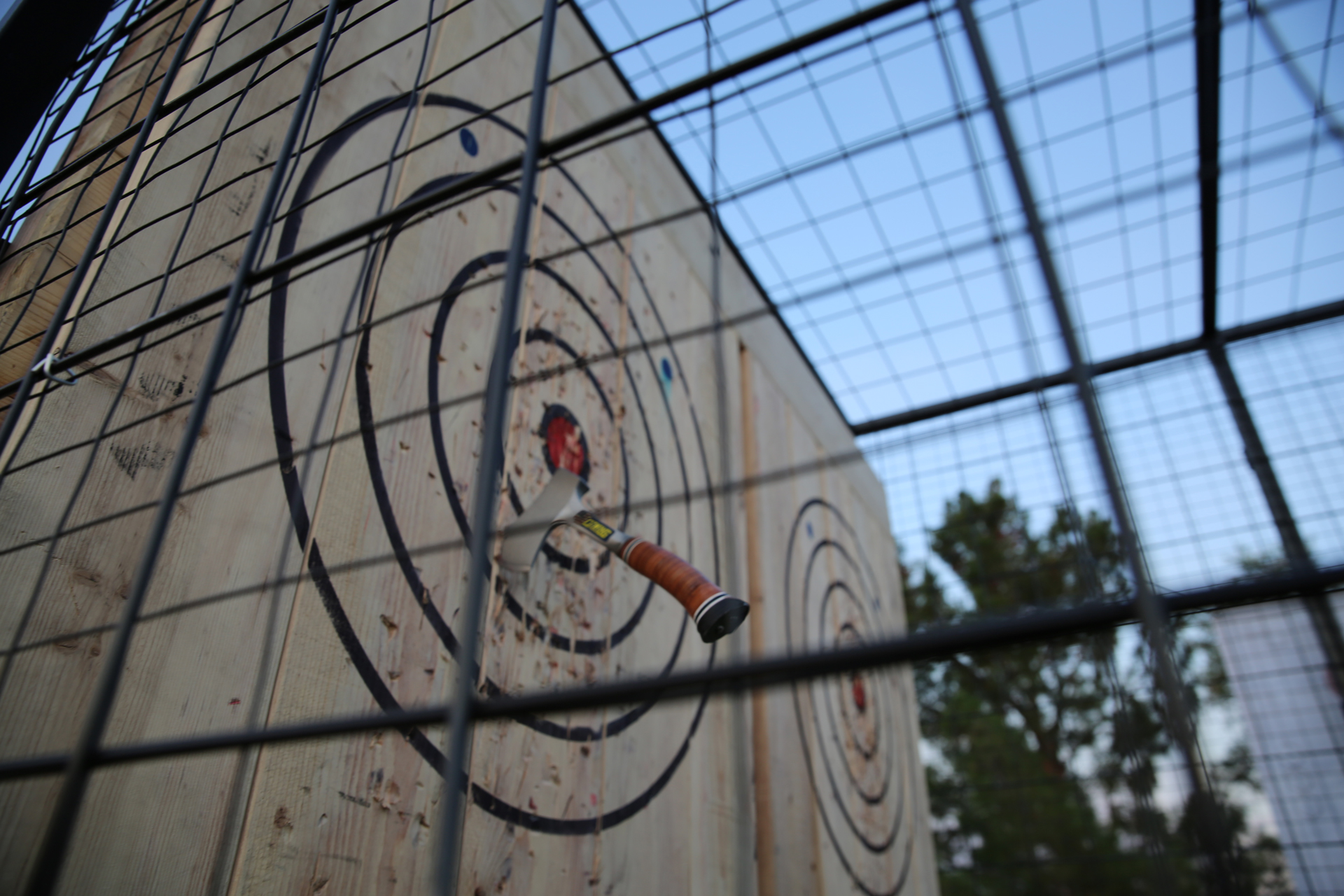Axe throwing has come a long way from its origins as a vital skill for ancient warriors to its current status as a competitive sport and recreational activity. Evidence of axe throwing dates back thousands of years, with axes serving both as weapons and tools for early civilizations.
Axes became an essential part of a warrior’s arsenal across many cultures, including the Vikings, whose fearsome reputation was built in part on their axe-wielding abilities. Viking warriors trained extensively with axes to build strength, accuracy, and intimidate their enemies in battle. Ax throwing competitions were even used to settle disputes among Vikings instead of fighting to the death.
While axe throwing faded from the battlefield, it continued to thrive as a traditional game of skill and leisure. Lumberjacks in the 19th and 20th centuries would have axe throwing contests during their downtime as a way to unwind. The origins of modern axe throwing as a sport can be traced back to the Lizzie Borden Bed & Breakfast Museum in Fall River, Massachusetts, which started hosting axe throwing competitions in 2006 for guests inspired by the infamous unsolved murders.
Since then, axe throwing has exploded in popularity, with indoor axe throwing leagues forming across North America. These facilities let people channel their inner lumberjack in a controlled environment with coaching in axe throwing techniques and safety. Axe throwing leagues have developed standardized rules and hold tournaments to crown skilled throwers in singles, doubles, and team competitions.
The formation of the World Axe Throwing League (WATL) in 2017 has helped grow axe throwing into an international sport with multiple tournament circuits. Axe throwing has also gained more mainstream appeal through exposure on TV shows like History Channel’s “Top Shot” and ESPN’s “World Axe Throwing League.” It continues to attract people looking for an exciting way to compete and socialize.
While starting as a vital skill for warriors, axe throwing is now establishing itself as a competitive recreational and spectator sport. With its growth showing no signs of slowing down, the future looks bright for axe throwing leagues and tournaments to chip away at new records and further embed axe throwing into modern culture. The evolution of axe throwing is an example of how ancient skills can be revived and transformed to fit within the context of modern society.

